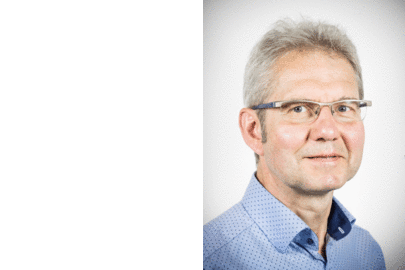Competitive manufacturing processes require optimum utilization of machines and tools, especially against the background of Industry 4.0, as well as early fault detection and quality assurance through application-specific monitoring systems. Currently used systems use normally inductive couplings or active radio systems (868 MHz and 2.45 GHz) in combination with a battery for wireless data and power transmission. None of these systems simultaneously meets industrial requirements such as small dimensions, high data rate (at least 16 kbps) and transmission range (min. 0.5m), operating times of at least 12 hours, worldwide radio approval and robust integration. The principle of a 24 GHz communication system developed in the SFB 653 subproject L2 for non-rotating workpieces offers an approach to solving the runtime problems of battery-powered systems while improving data transmission performance. The sensor transponder installed in the workpiece works in an ISM frequency band and uses a radio connection with a write/read device (reader) via backscatter modulation, whereby the energy requirement for data transmission can be reduced to a minimum on the transponder side. Thanks to the solar cells integrated in the transponder in conjunction with an external light source, the sensor node can also be operated independently of the prevailing lighting conditions.



The aim of the transfer project is to further develop the basic knowledge from the L2 subproject for rotating applications with speeds up to 20000 rpm and to develop a prototype for a low power sensor node with photovoltaic power supply for radio-based process monitoring during threading as well as an industrial-grade read/write device. In order to ensure robust operation, this also requires an extended communication protocol, which should optionally also enable the parallel operation of at least four sensor nodes. In order to enable robust operation even with the use of cooling lubricants and oil, it is also investigated how the individual components can be protected without compromising the optical supply.
Transfer project leader






